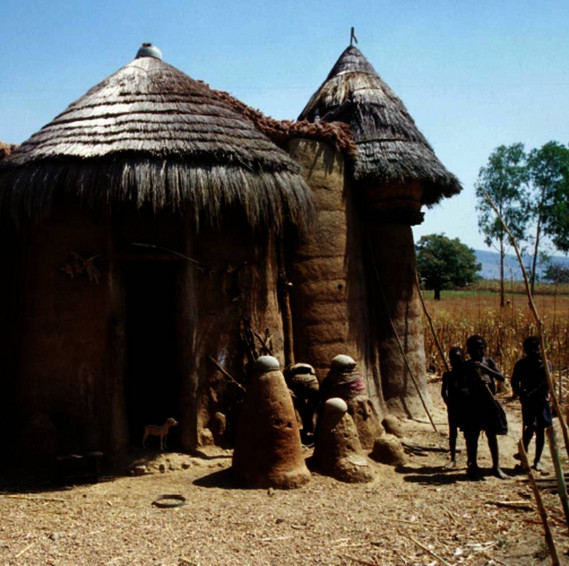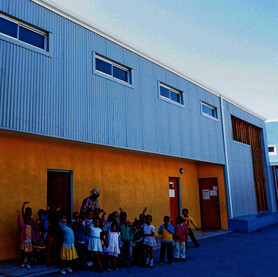Learning from Vernacular
10.08.2013 – 29.09.2013
Dome, Richard Buckminster Fuller
Mud huts, timber dwellings, stone houses – architectural structures around the world have evolved to be perfectly adapted to the surrounding environment, climate and available building materials. With the growing awareness of sustainable construction and regional traditions, these building types have been rediscovered as vital sources of inspiration. »Learning from Vernacular« is dedicated to this phenomenon. It shows selected examples of traditional architecture and presents contemporary designs that derive fascinating new building forms from these vernacular typologies. The featured examples of traditional architecture are from places like South Africa, Egypt, China, Malaysia and Cameroon, with construction methods ranging from adobe architecture and spectacular wooden buildings to courtyard houses and tunnel-like structures made of palm grass. The contemporary projects on display make use of local building materials or address the social and architectural challenges of various regions. Examples include the residential projects of the Auburn University’s Rural Studio in Alabama, the collaborations between craftsmen and architects of Indiabased Studio Mumbai, the work of the architect Carin Smuts in South African townships or the bamboo structures by Colombian architect Simón Vélez. Films, photographs and plans illustrate how the respective buildings are constructed and convey the everyday lives of their inhabitants. With its 40 models, the exhibition presents a veritable panorama of world architecture. It opens the eyes of audiences to the abundant variety of materials and forms of construction that exist outside the globalized commercial market and are passed down from generation to generation. In such cases, the social functions of architecture are often just as important as its aesthetics or economics. Thanks to the many examples of renewable raw materials and energy-neutral solutions, »Learning from Vernacular« offers numerous inspirations for sustainable, resource efficient construction. »Learning from Vernacular« was conceived on the basis of a comprehensive collection of the École Polytechnique Fédérale de Lausanne (EPFL). This collection comprises more than 700 architectural models at a scale of 1:20 and many documents. The collection is in turn part of the »Archive of Modern Building«, whose Director Pierre Frey is the curator of »Learning from Vernacular«.
»Learning from Vernacular« was accompanied by two events. On 9 August 2013, on the occasion of the opening of the exhibition, a discussion between curator Pierre Frey and the Colombian architect Simón Vélez took place. Vélez is known as the most important representative of bamboo architecture. In 2009, his approach was awarded with the prestigious Prins-Claus-Award of the Netherlands.
On 19 September 2013, the Austrian architect and academic Anna Heringer, a pioneer of sustainable and social building practice, gave a lecture about projects in countries such as China, Morocco or Bangladesh, where she has developed a unique approach to architectural design that closely involves local communities and materials.



